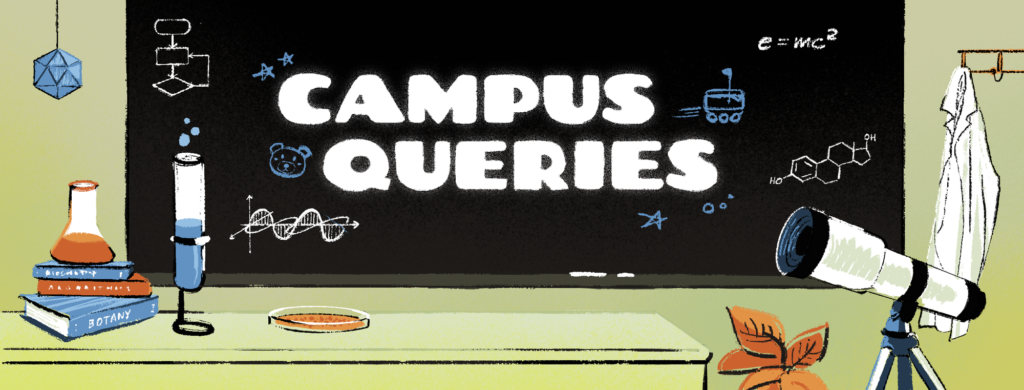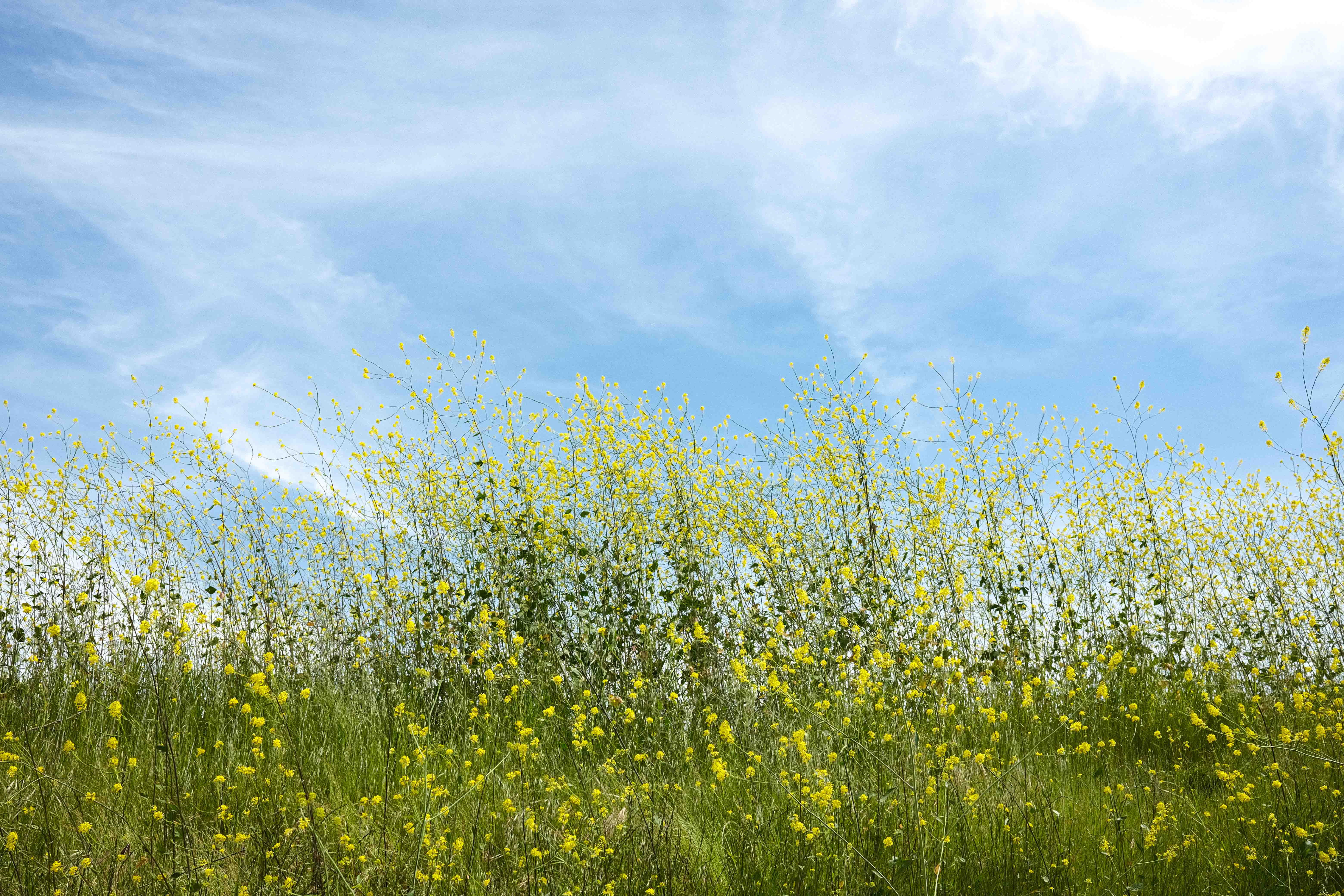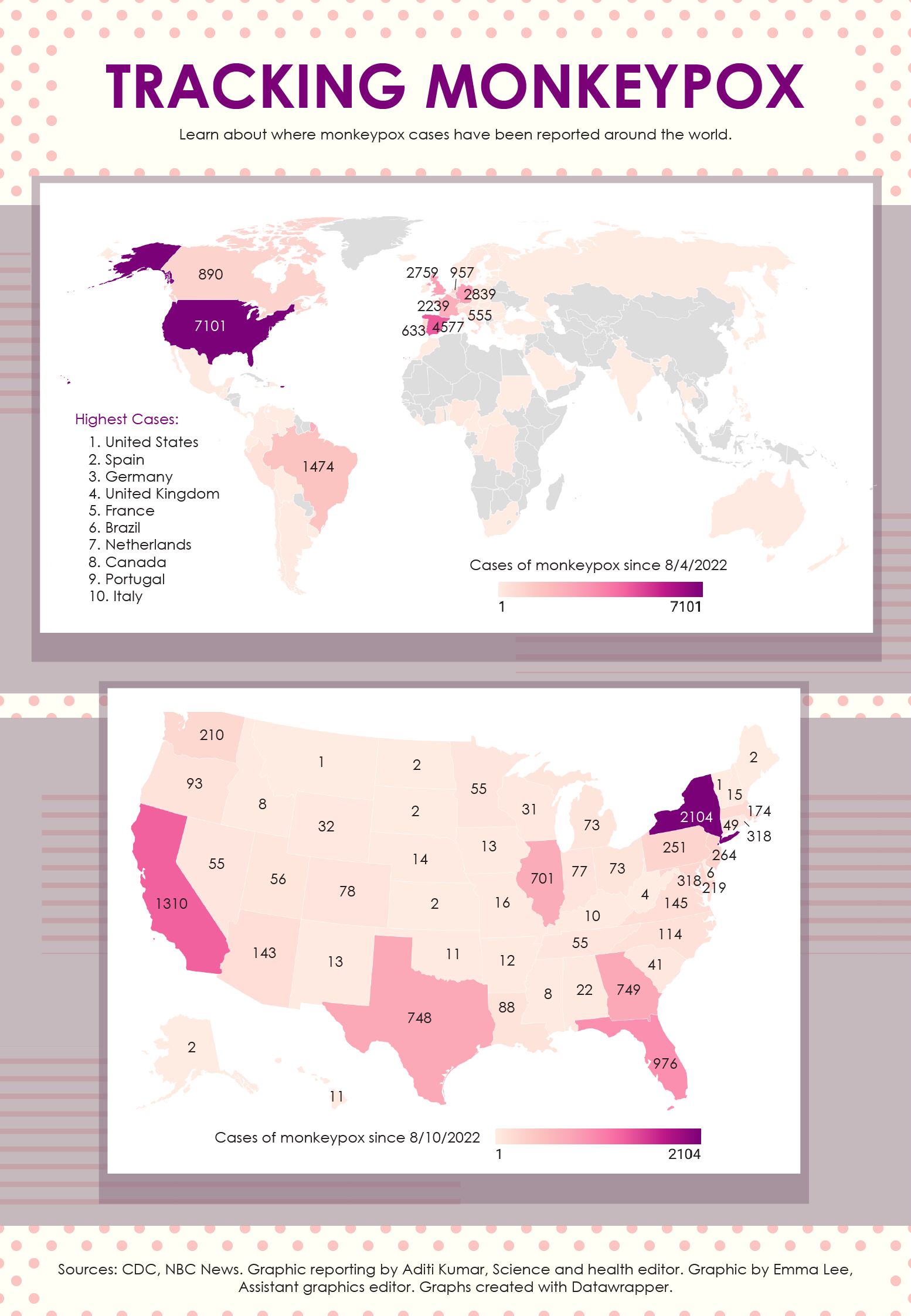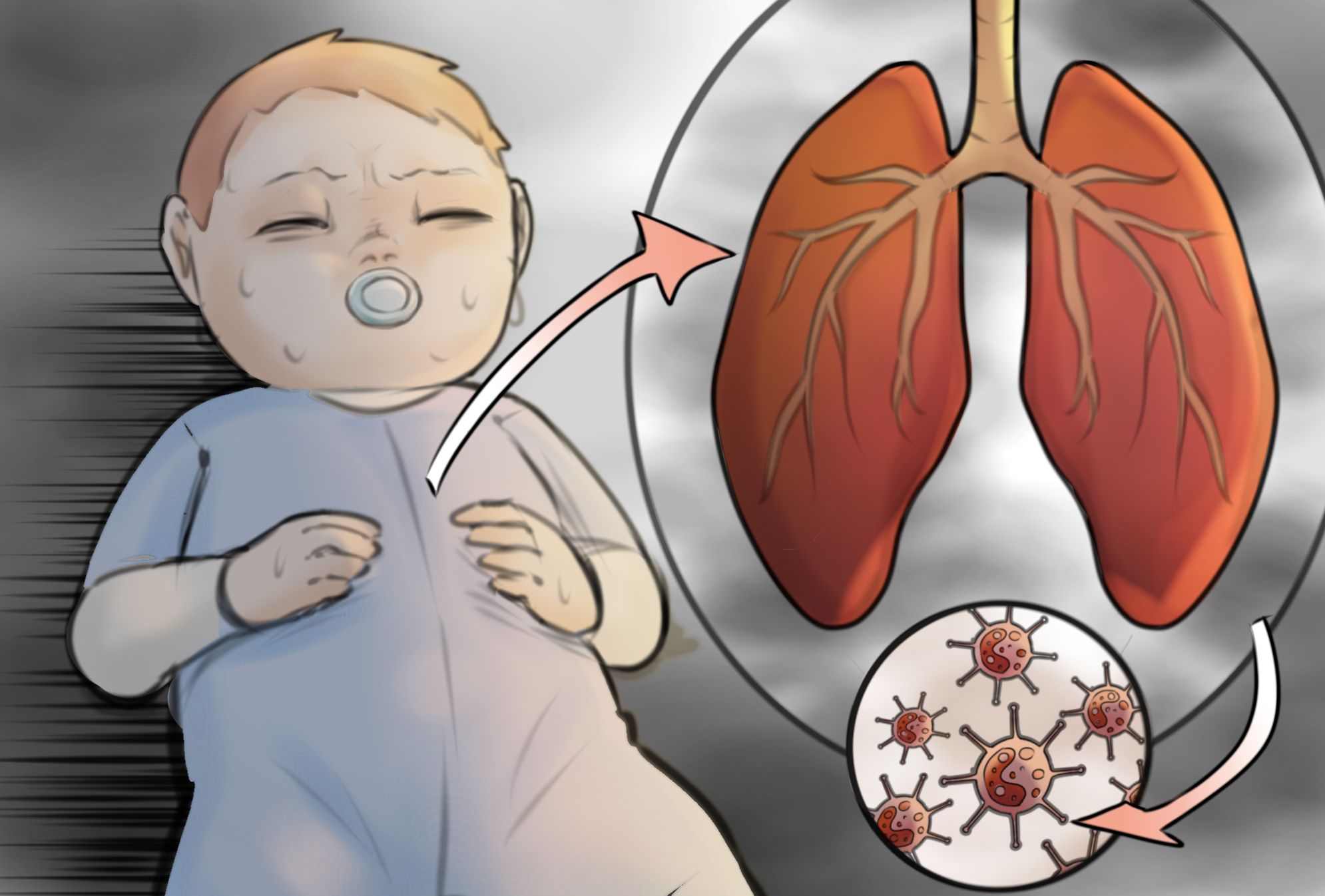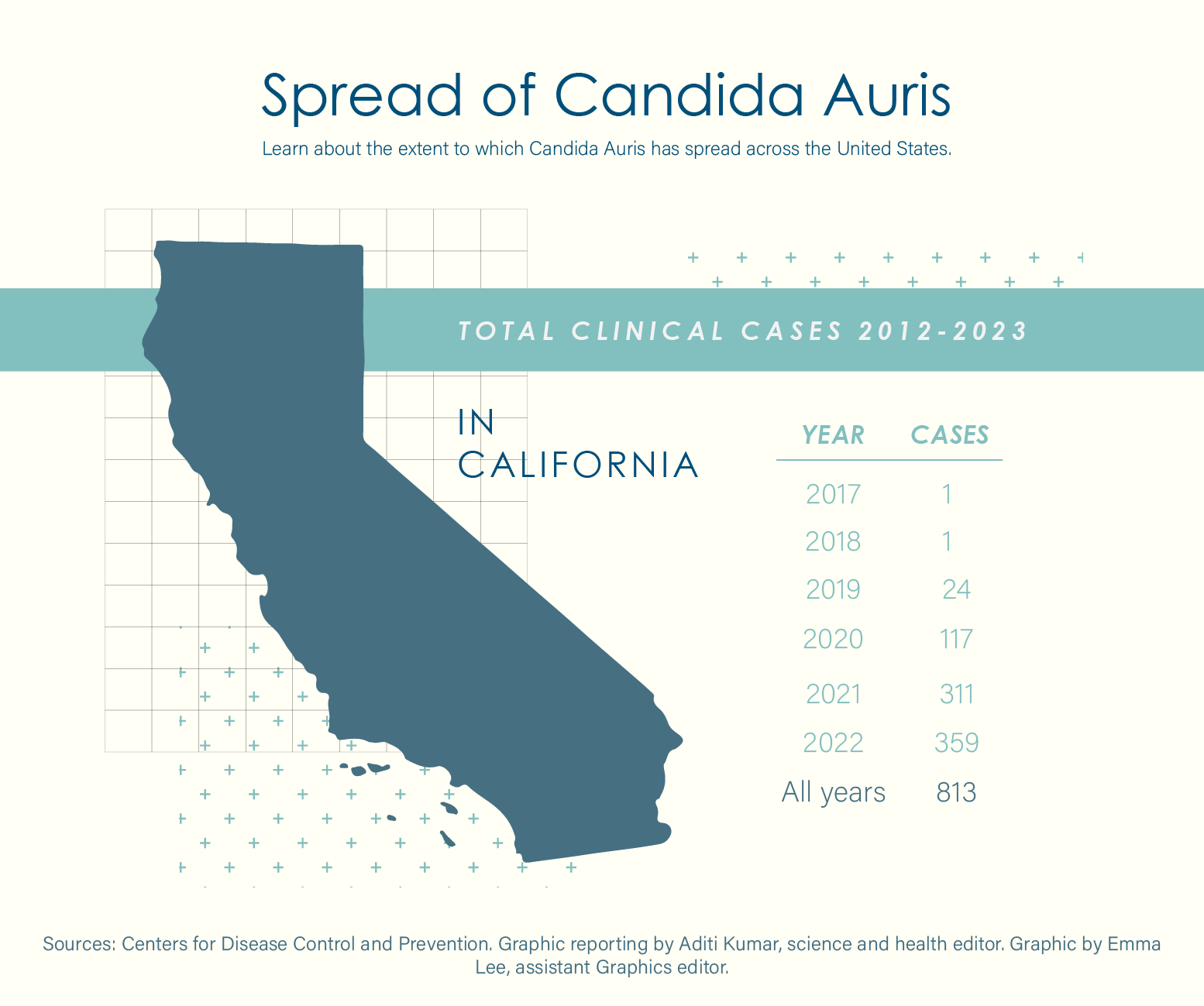Campus Queries: Why have sea lions been biting people in Southern California?
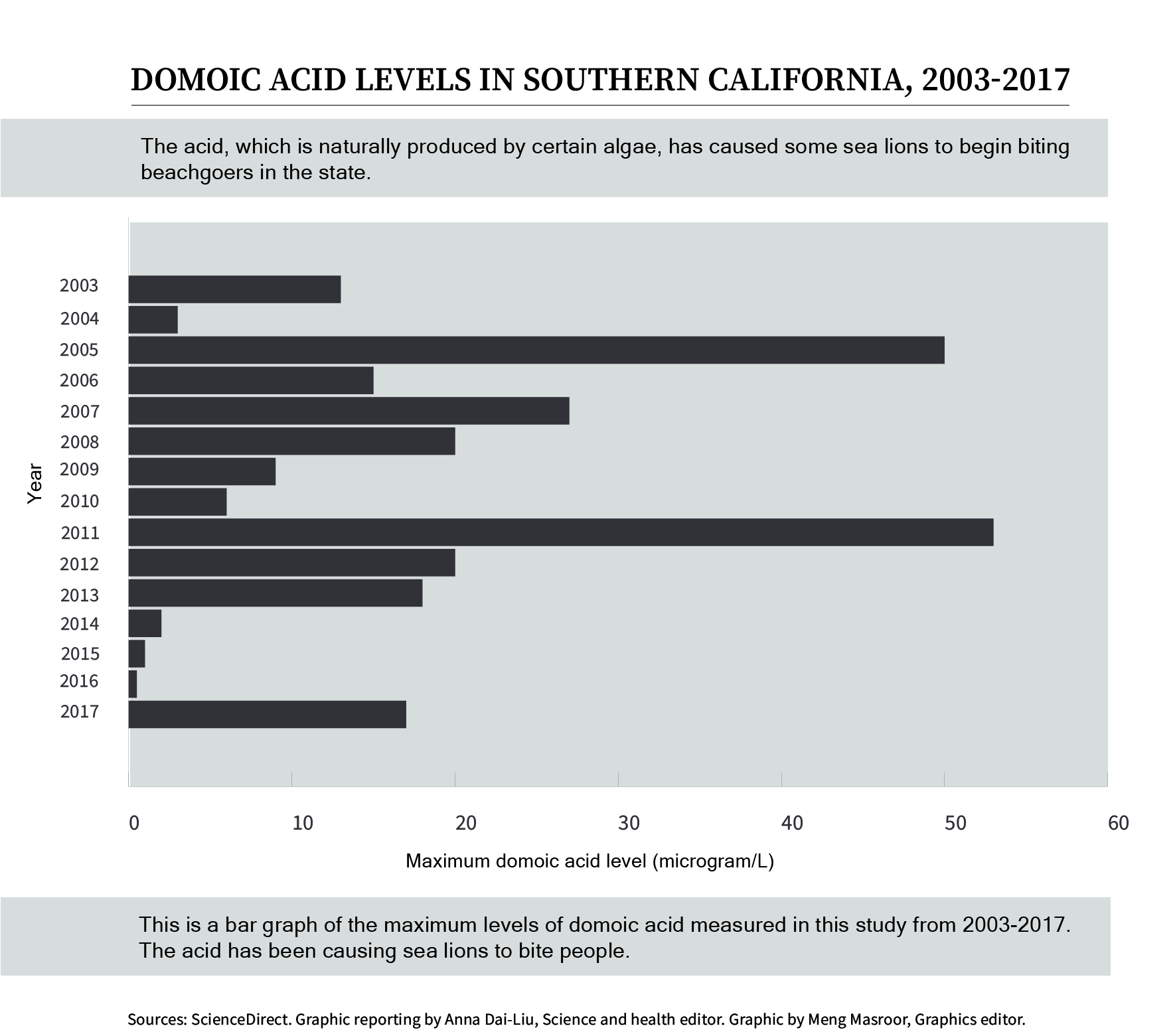

By Lyah Fitzpatrick
July 21, 2023 1:26 p.m.
Campus Queries is a series in which Daily Bruin readers and staff present science-related questions for UCLA professors and experts to answer.
Q: Why have sea lions been biting people in Southern California?
A: Hundreds of sea lions have been poisoned by an algal bloom this summer, causing them to become sick, get stranded ashore and exhibit aggressive behavior.
Since June, thousands of marine mammals in Southern California – including sea lions and dolphins – have become sick or died from this toxic bloom, according to the National Oceanic and Atmospheric Administration Fisheries. Rebecca Shipe, an adjunct associate professor at the Institute of Environment and Sustainability, said the algae – which belong to a category of plankton named Pseudo-nitzschia – are producing large amounts of domoic acid.
This acid causes atrophy in the hippocampus, a brain structure that controls many things including navigation, said Katie Prager, an associate researcher who studies infectious diseases in wildlife with a focus on California sea lions.
While in an unwell state, the sea lions may react to and fight anyone who approaches them, Prager added. According to the Los Angeles Times, multiple people – including children – have been bitten as a result of this behavior.
Justin Viezbicke, the California marine mammal stranding coordinator for NOAA Fisheries, said other symptoms of domoic acid sickness include seizures, bulging eyes and dizziness. He added that California facilities aimed at taking care of marine mammals have been pushed to capacity.
NOAA worked with LA County officials to set up beach space for the sick animals to rest without people around, Viezbicke said.
“We’ve done a lot of different things to be able to do as much as we can,” he said. “But the reality is, in some of these events – and events like this one where we have that many animals coming ashore – we just can’t get to them all.”
Shipe, who is also the principal investigator of the Santa Monica Pier Harmful Algal Bloom Monitoring and Alert Program, said that multiple theories about the cause of the sudden algae bloom have emerged.
One theory is that natural wind conditions may have caused deeper, nutrient-rich water to rise to the sunlit surface, providing an ideal algae breeding ground, she said. However, another theory is that human-related sources such as wastewater and agricultural runoff of fertilizer and animal waste may have contributed to algae growth, she added.
“We do have a probable role in the increased occurrence and the intensity of the harmful algal blooms because of nutrient pollution that we create, because of changing climate conditions that we have created,” Shipe said.
Prager said domoic acid has been a recognized issue since the mid-90s. As such, individuals should think about their carbon impact and live life more sustainably to prevent these harmful algae blooms, Shipe said.
Domoic acid is not necessarily toxic in seawater but can be harmful through consumption and disrupt the food web, Shipe added. Prager said domoic acid outbreaks can cause seafood poisoning in humans and shut down commercial fisheries.
“The sea lions are that canary in the coal mine because they are telling us that something is going on,” Viezbicke said.
Viezbicke said that though this particular neurotoxic event is waning, he advises all beachgoers to give any stranded animals as much space as possible. According to NOAA Fisheries’ marine life viewing guidelines, humans on shore should remain 50 yards downwind from any marine animals to avoid disturbing them.
“Really, any time you see a marine mammal, you want to give them as much space as you can,” Viezbicke said.



